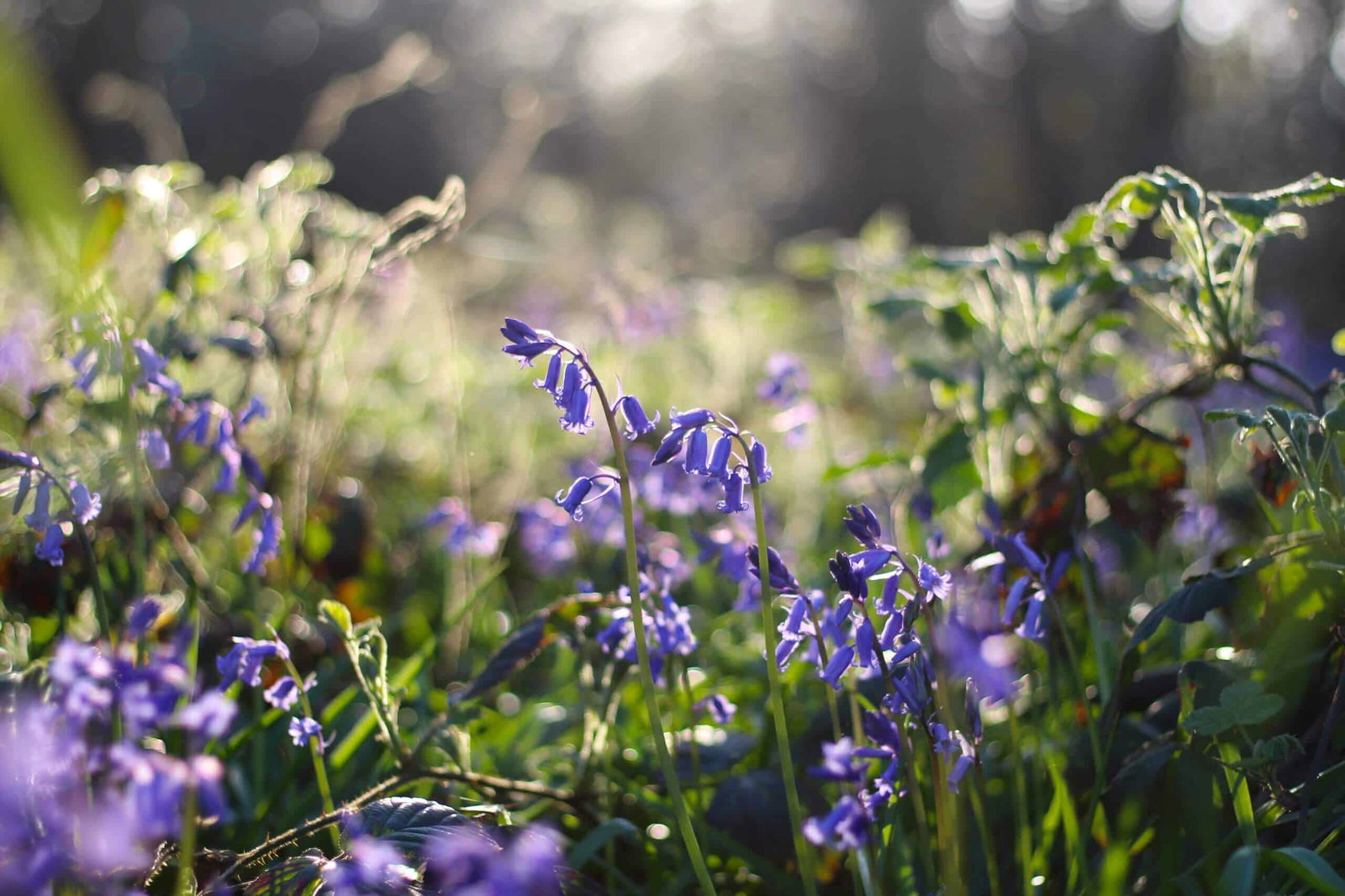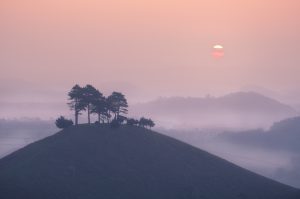Dorset's best bluebell walks
There are many wonderful things about spring, especially at Burnbake. We’ve recently shared a selection of our favourite spring sights in our Dorset’s wonderful wildlife feature, however there is one spectacle that deserves special attention when visiting Burnbake and its surrounding countryside – our beloved bluebells.
Between April and May, some of Dorset’s stunning woodland areas are transformed into a sea of azure and rich purple, with many bluebells beginning to bloom. Due to its slightly warmer climate, the South West is one of the first areas in the UK to experience bluebells making their annual return, which means that Burnbake is perfectly situated to make the most of the fantastic, flourishing flora. We’ve put together a list of our favourite locations, so you can get exploring.
Kingston Lacey and Pamphill Wood
We often give the National Trust-owned gardens of Kingston Lacey a mention, and once you’ve pay them a visit, it’s easy to understand why! Close to Wimborne, you’ll find this marvellous stately home and its grounds, which are brimming with woody areas and lanes full of our favourite blue flowers.
Kingston Lacey’s Abbott Street Copse and Pamphill Woods are two popular locations to see bluebells in bloom on the estate. The National Trust’s own map is a brilliant, ready-made adventure guide, if you’re searching for an accessible introduction into Dorset’s best bluebell walks, that will take you past quaint churches, a fascinating former World War Two encampment and through tree-lined hollows. Don’t miss it on your Burnbake getaway!
Hardy’s birthplace

(Image credit: National Trust)
If you’re looking for a little more than flowers on your next Burnbake adventure, we know a slice of Dorset paradise that you’ll love.
Just outside of Dorchester, in the pretty village of Higher Bockhampton, you’ll find the birthplace of a man who loved Dorset just as much as we do: Thomas Hardy! His cottage is now home to a National Trust visitor centre, where you can learn about the author and poet who put Dorset on the map – and there is no shortage of brilliant bluebells in its well- maintained grounds and adjoining Thorncombe Woods. Its knowledgeable rangers frequently offer guided tours of the gardens.
The cottage recently reopened after being closed for winter, so why not add it to your itinerary?
Coney’s Castle Hill Fort
Bluebells are a species that flourish best in undisturbed soil, which is why they can often be found in woodland areas that receive less footfall than other parts of the countryside.
Therefore, it goes without saying that locations blooming with bluebells are usually among the most ancient forest areas in Dorset, and Coney’s Castle Hill Fort is one brilliant example.
This hill fort has origins in the Iron Age period and is also managed by the National Trust. We’d recommend starting your journey on Long Lane, where there is a small car park, and making your way along its bluebell-adorned border, circling through the hillfort.
Coney’s Castle is a haven for not only bluebells, but also wonderful wild inhabitants. Deer, birds of prey and even a family of badgers have been spotted throughout the fort, so take care when visiting to marvel at the glorious sights, as its animal residents and bluebells are protected under the 1981 Wildlife and Countryside Act.
Colmer’s Hill
Has all that walking got you feeling peckish? Colmer’s Hill, near Bridport, is an iconic Dorset location, with views fit for a postcard, and offers a delightful spot for a restful picnic.
Stroll through a sea of dazzling bluebells on the way to the top of the hill, then take a breather to admire the spectacular views across the Marshwood Vale, reaching as far as the Jurassic Coast.
Park for free at Symondsbury Estate, which is home to over 1,500 acres of stunning woodland and farmlands, fun farm animals and a children’s play area, plus a café serving up the best of Dorset’s local produce.
If an interest in Dorset’s stunning bluebells has blossomed within you, don’t delay, and book your Burnbake break now, so that you can make the most of Dorset’s incredible plant life this spring and summer.














